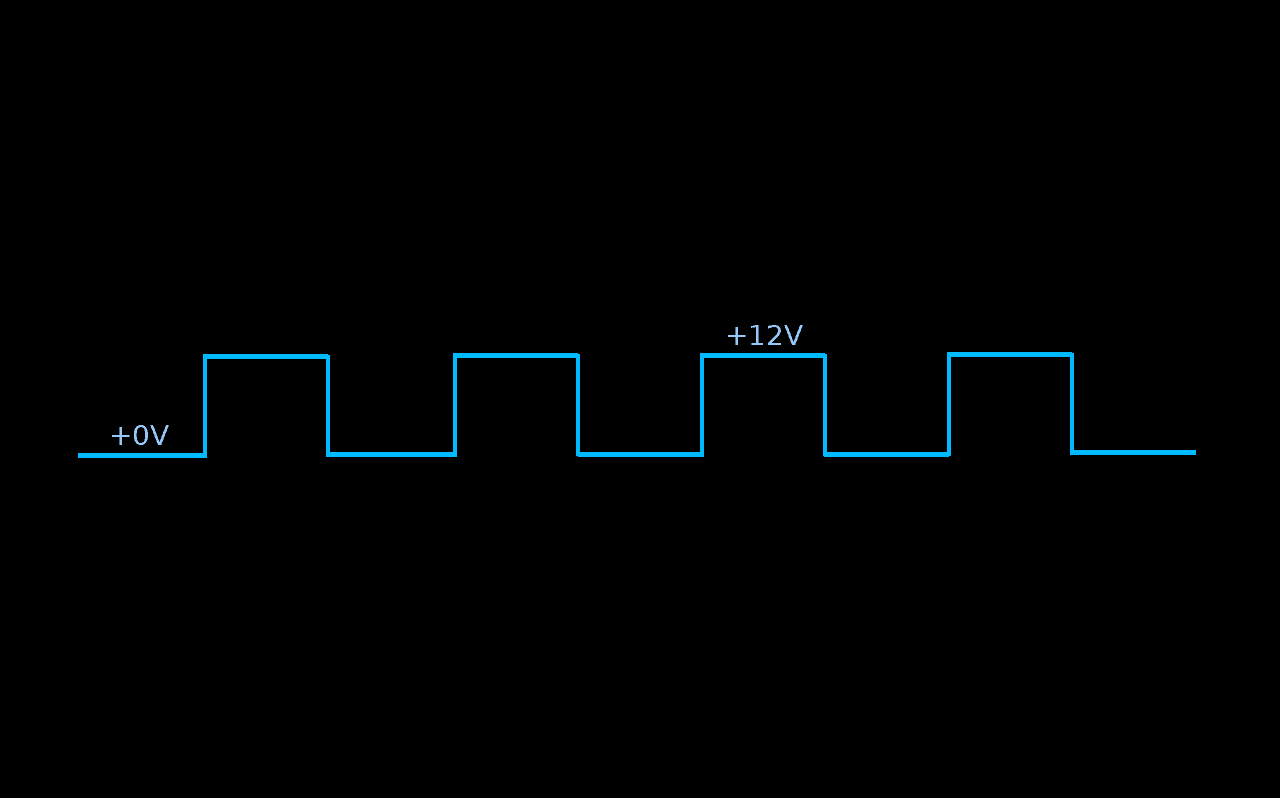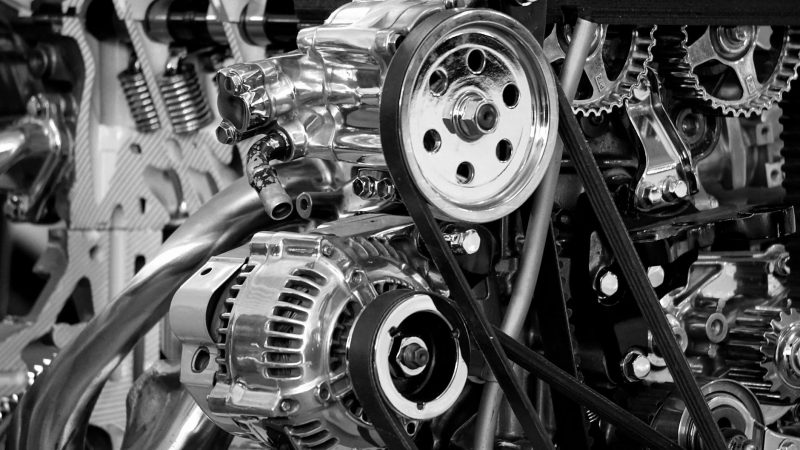An alternator is an electricity generator. Alternators convert mechanical energy into electrical energy in the form of alternating current (AC). Alternating current differs from direct current because it periodically reverses direction at a certain frequency (the frequency is application-dependent).
Alternating current is not suitable for charging your car or truck battery. However, it is converted into direct current (DC) using a rectifier circuit (AC-to-DC converter). There is also a voltage regulation circuit (often just referred to as a ‘voltage regulator’) that will provide the starter battery with the 13.8 to 14.8 Volts required to recharge it.
Learn more about recharging your car battery.
Your car battery is used to power the starter motor and other electronics (such as the dashboard blower, security system, radio, among other things) until the engine is started — at this point the alternator takes over and becomes the power source. This is why you should avoid turning on electronics until the engine has started. It doesn’t mean it’s a terrible thing, but the starter battery can be easily depleted.
Once the engine starts, the alternator powers your lights, radio, ignition coil, condenser fan, dashboard blower (interior fan), air conditioner compressor clutch (if any, depending on the car), and the rest of your car’s 12-Volt electrical system (in some cars the voltage isn’t 12).
Regulation Of Power Output
The amount of current that an electrical device draws from your alternator is dependent on the circuit’s voltage. This is one of the reasons your automobile has a voltage regulation circuit to keep the electrical system voltage at or below 14.8 Volts DC. If there was no voltage regulator, a voltage spike could be caused by increasing the alternator’s RPM (caused by revving or driving faster),
This would cause the electrical parts to draw more current than they should, and burn themselves out. Voltages over 15 volts can also cause electrolysis to occur in your battery, resulting in considerable damage.
Alternator Overloads
All of the equipment drawing electric current from your alternator (whether it is your headlamps or door locks) are considered ‘loads’. The combined electrical load on your alternator must not exceed the alternator’s rated power output (measured in Amps).
If this occurs, this can cause the electrical system’s voltage to decrease excessively (this is called a brownout). This will also cause reduced current output, which can result in malfunctions. Two well-known symptoms of this phenomenon are dimming headlamps or a stalling engine.
Additional Details
Alternating current generators provide other benefits over their DC counterparts (dynamos) because AC voltage is very easily multiplied by power transformers (although DC voltage can be multiplied). For example: A power transformer could multiply 12V AC to 120V AC. Achieving the desired 50 Hz (or 60 Hz) frequency to power 120V devices is a separate issue.
Interestingly, an automotive ignition coil (a type of transformer) utilizes a pulsed DC circuit to power the spark plugs.
The Difference Between Pulsed DC And AC
The difference between pulsed direct current and alternating current is important, because they are substantially different and not interchangeable. Pulsed DC current switches strictly between an on and off state. This means that a 12V pulsed DC power source switches between +0V and +12V DC.

Image credit: Kompulsa/Nicholas Brown.
There isn’t a gradual transition. Alternating current, on the other hand gradually transitions from a negative voltage to a positive one. What i’m referring to is an AC sine wave. Alternating current sine waves transition smoothly between -12V and +12V (if it is a 12V circuit). The two key differences here are the negative voltage and the smooth transition between voltages.





